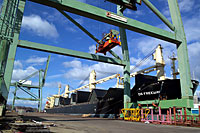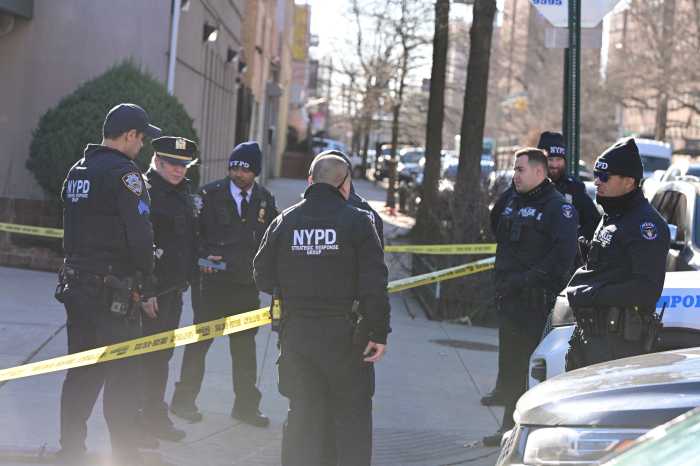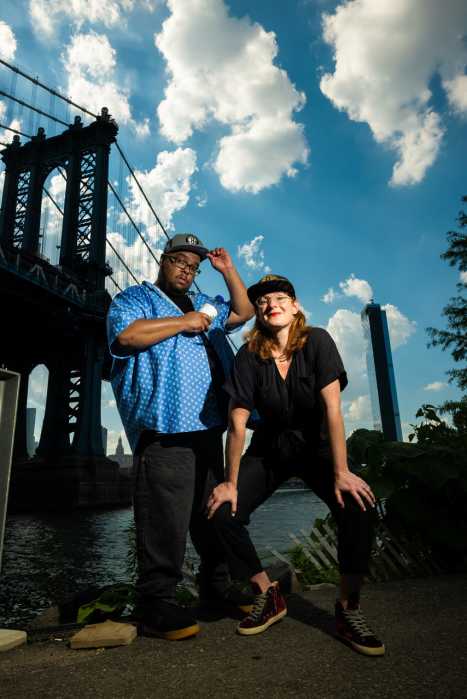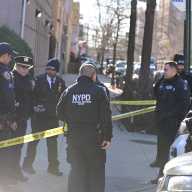The Brooklyn waterfront, once the nation’s top cocoa port, is melting
away — and city officials admit it’s because they don’t
have the sweet-tooth anymore
“We’re willing to let the cocoa go elsewhere,” said Andrew
Alper, president of the city’s Economic Development Corporation,
calling bean-unloading a “low-margin business” and the warehouse
workers who do it “the lowest-rung workers.”
Alper’s prickly words — made amidst a stand-off between city
and port that stranded one cocoa-filled freighter in the East River and
forced another to flee the New York Harbor in search of friendlier waters
— have come under fire from the union that manages the workers, as
well as from the port operator who fears the city wants to shut it down.
“Those jobs give full-time employment with health insurance to Brooklyn
residents, some of whom don’t have any educational background at
all,” said Sandy Pope, president of Teamsters Local 805, who represents
Brooklyn’s dockworkers.
In 1999, the Brooklyn piers led the pack among U.S. points of entry for
the beloved bean.
But in the years since, the industrial port has steadily shrunk. In 2003,
a pier at the foot of Atlantic Avenue was turned back to the city for
redevelopment into the Brooklyn Bridge Park, a waterfront development
that combines parkland and luxury housing. Last year, the Port Authority
evicted the port operator, American Stevedoring Inc., from two more Red
Hook piers to make way for a cruise-ship terminal.
ASI’s frustration with the city and Port Authority decision to shrink
the port came to a boil two weeks ago when the city refused to allow the
port operator to use a vacant, publicly owned pier to unload the freighter’s
$20-million haul. Officials blamed American Stevedoring for mismanaging
space.
“In the past, we’ve been willing to help them out,” said
Steve Coleman, a spokesman for the Port Authority. “But we’re
not willing to provide the additional space so that it can be mismanaged
again.”
The lockout caused losses for the shippers, who rely on open piers in
Brooklyn to unload their sweet cargo, and for union workers, who move
the burlap sacks of raw beans into warehouses.
Each day spent waiting to unload cost ship owners $30,000 and a day’s
pay for 50 workers, officials said.
“I’ve been here nine years and this is the first time I’ve
been locked out of my job,” said cargo handler Ian Forde.
On Friday, after 13 days of deadlock, the city and the cocoa shippers
reached a bizarre compromise: the cocoa could be unloaded in Red Hook,
but then transported to a vacant pier in Sunset Park.
The move came one day too late for another 25,000-ton cocoa freighter.
The ship raised anchor and unloaded its 226,000 bags of beans at a politically
less-complicated port in Europe.
And as with cocoa beans, the bitterness lingers.
“I wouldn’t say never New York, never again, but we are left
with a sour taste in our mouth,” said Hans Madson, owner of the exiled
cocoa ship.
City economic development officials deny their recent treatment of the
cocoa port indicates any larger plan to convert Red Hook’s industrial
piers into a recreational area, as was done with the Atlantic Avenue pier.
“But there could be better jobs there than cocoa handling,”
said EDC spokeswoman Janel Patterson, adding that the cruise ship terminal
would create 600 jobs and another 700 would come from two other pier conversions
in Sunset Park.
But that’s not enough for union leaders.
“They’re forgetting that Brooklyn needs all the jobs [it can
get],” said Pope. “They tell us different things all the time
and each time they change a position, jobs are lost.”
Blommer Chocolates, the largest cocoa processing company in the world,
has already said it will think twice before routing a ship through Brooklyn
again. One of its Hershey-brown cargo-carriers sailed from New York to
Baltimore last week. .
























